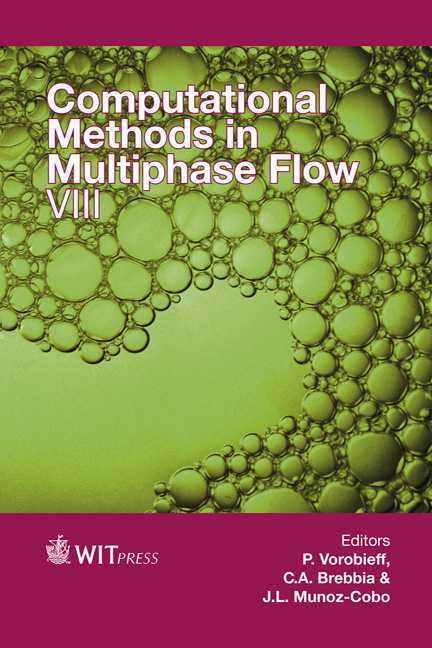Numerical Simulation And Pressure Drop Prediction Of Slug Flow In Oil/gas Pipelines
Price
Free (open access)
Transaction
Volume
89
Pages
9
Page Range
57 - 65
Published
2015
Size
1,000 kb
Paper DOI
10.2495/MPF150051
Copyright
WIT Press
Author(s)
Z. I. Al-Hashimy, H. H. Al-Kayiem, Z. K. Kadhim, A. O. Mohmmed
Abstract
The sustainable transportation of liquid fuels in a piping system can be interrupted due to slug flow, which causes the severe unsteady loading on pipelines. A feature that is particularly affected by this problem is the oil transportation pipeline, where gas is often combined with the produced oil. In order to fully understand the behavior of such flows, it is imperative to simulate the effective zones along the span of the pipelines. This will allow the designer of the piping system to estimate the required pumping power through the evaluation of the pressure drop in the slug oil/gas flow. This paper reports the oil/gas flow phenomena in a horizontal pipe with a large diameter of 0.16 m, with 3-dimensional, transient, incompressible fluids, utilizing STAR-CCM+ commercial software. The volume of fluid (VOF) model was adopted to track the interface between the two phases. The operational conditions for the cases studied were extracted for the slug zone from the Baker chart. The slug flow was achieved accordingly, which gives us granted validation with the experimental source. The numerical procedure allowed the determination of the pressure drop. Also, the transient behavior of the slug flow was predicted through the tracking of the slug development in the pipe segment. Moreover, the proposed model could be extended to simulate other types of two-phase flow regimes.
Keywords
directed mesh, O&G transport, piping system, slug flow, two-phase flow, VOF model





